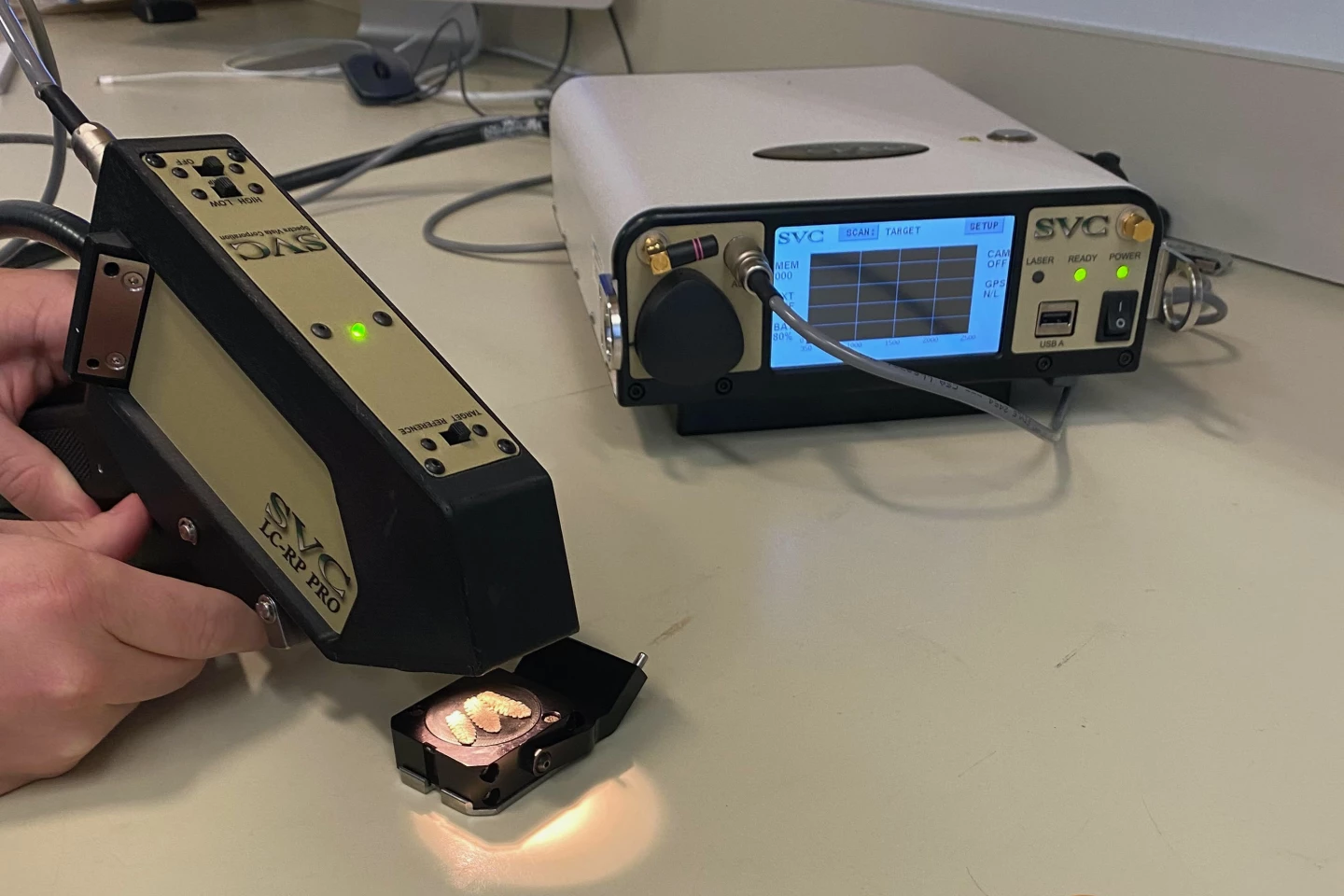Ordinarily, if you want to check if two plants of the same species come from genetically different populations, you have to analyze their DNA. A new study, however, has found that an analysis of the reflective qualities of their leaves is a much quicker and easier alternative.
The new plant identification technique was developed by a team led by Dawson White of Chicago's Field Museum, and Lance Stasinski of the University of Maine.
While conducting field studies in Alaska, Stasinki and colleagues were trying to determine whether or not two geographically separated populations of the evergreen shrub Dryas were genetically identical. The typical method of doing so would involve collecting samples from plants in each population, then sending those samples off to a lab for DNA analysis – it's a labor-intensive process, that can take weeks to provide results.
The scientists did collect such samples, but they also used a portable device known as a spectroradiometer to determine how much light was reflected off the plants' leaves, and which wavelengths made up that reflected light. They were able to do so quickly and on location, in the Alaskan wilderness.

It was found that even though Dryas plants from the two populations looked exactly the same, they had evolved to reflect light in two distinctively different fashions. What's more, when DNA analysis was performed on the samples, it was found that the two populations did indeed have slightly different genomes, which resulted in the reflectance differences in their leaves.
"While trained biologists can usually walk into the field and identify species with their eyes, it takes expensive genetic analyses to reveal the populations – groups of individuals of the same species within a gene pool – that are so important for conservation and evolutionary research," says White. "In this new study, we’ve shown that you can use light instead of DNA to define plant populations, at a similar level of detail. This new method is a lot faster and cheaper than genetic testing, which could dramatically increase our efficiency at mapping and monitoring biodiversity."
It is hoped that the technology could eventually even be utilized to analyze remote populations of plants from the air, using drone-mounted hardware. The research is described in a paper that was recently published in the journal New Phytologist.
Source: Field Museum






